Baseline for Potting Soil or Garden Bed
When creating a baseline potting soil or garden bed, it's essential to consider several key factors:
Organic Matter:
Importance: Organic matter improves soil structure, water retention, and nutrient availability. It also supports beneficial microorganisms.
Key Ingredients: Compost, peat moss, aged manure, leaf mold.
Drainage:
Importance: Proper drainage prevents waterlogging, which can lead to root rot and other diseases.
Key Ingredients: Perlite, sand, bark chips.
Aeration:
Importance: Good aeration allows roots to access oxygen, which is essential for respiration and overall plant health.
Key Ingredients: Perlite, vermiculite, coarse sand.
Key Ingredients for Potting Soil
Compost: Adds nutrients and improves soil structure.
Peat Moss: Retains moisture and provides a light, airy texture.
Perlite: Enhances drainage and aeration.
Coconut Coir:An eco-friendly alternative to peat moss with good water retention and aeration properties.
Regional Considerations for Plant Needs
Different regions have varying climates, which affect what plants need to thrive. Here’s a general guide based on climate regions:
Tropical Regions:
- Soil Needs: Well-draining soil with high organic content.
- Plants: Bananas, pineapples, orchids.
- Key Ingredients: Coconut coir, compost, sand.
Temperate Regions:
- Soil Needs: Balanced soil with good drainage and moderate water retention.
- Plants: Tomatoes, roses, maples.
- Key Ingredients: Peat moss, perlite, compost.
Arid Regions:
- Soil Needs: Soil that retains moisture but drains well to prevent salt buildup.
- Plants: Cacti, succulents, lavender.
- Key Ingredients: Sand, perlite, compost.
Cold Regions:
- Soil Needs: Soil that warms up quickly and retains heat.
- Plants: Evergreens, root vegetables, hardy perennials.
- Key Ingredients: Peat moss, compost, vermiculite.
Important Factors
Nutrient Content: Plants require essential nutrients like nitrogen (N), phosphorus (P), and potassium (K) for growth. Supplement with balanced fertilizers if needed.
pH Level: Most plants prefer a slightly acidic to neutral pH (6.0-7.0). Adjust pH with lime (to raise) or sulfur (to lower) as needed.
Microbial Activity: Beneficial microorganisms aid in nutrient cycling and disease prevention. Ensure soil has enough organic matter to support these organisms.
Water Retention and Drainage Balance: Achieve a balance between water retention and drainage to prevent root rot and ensure plants get enough moisture.
Soil Texture: A mix of sand, silt, and clay provides a balanced texture. Too much clay can lead to poor drainage, while too much sand can lead to poor water retention.
By understanding these fundamental components and adjusting them according to regional needs, you can create a suitable growing medium for various plants, ensuring they thrive in your garden or pots.

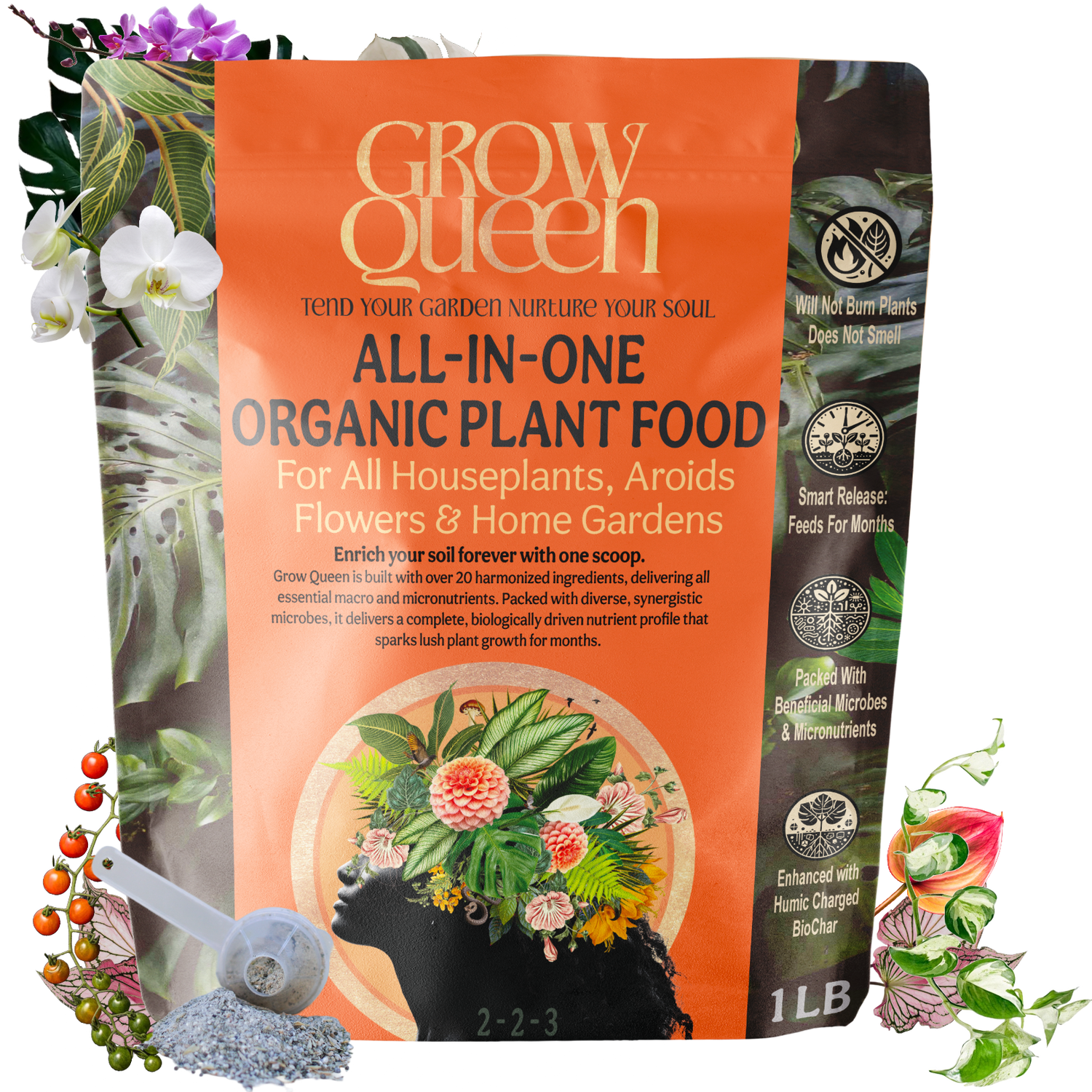
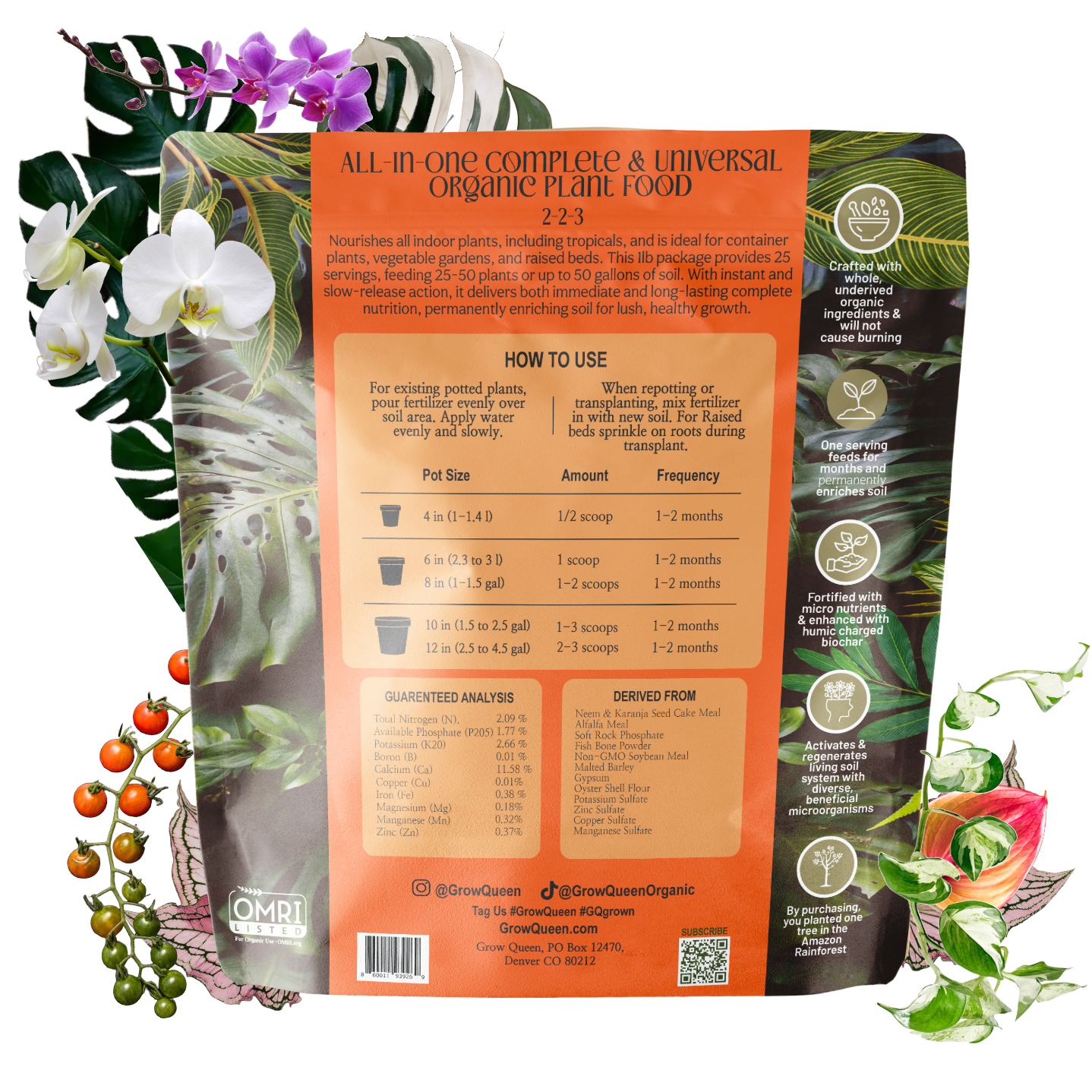
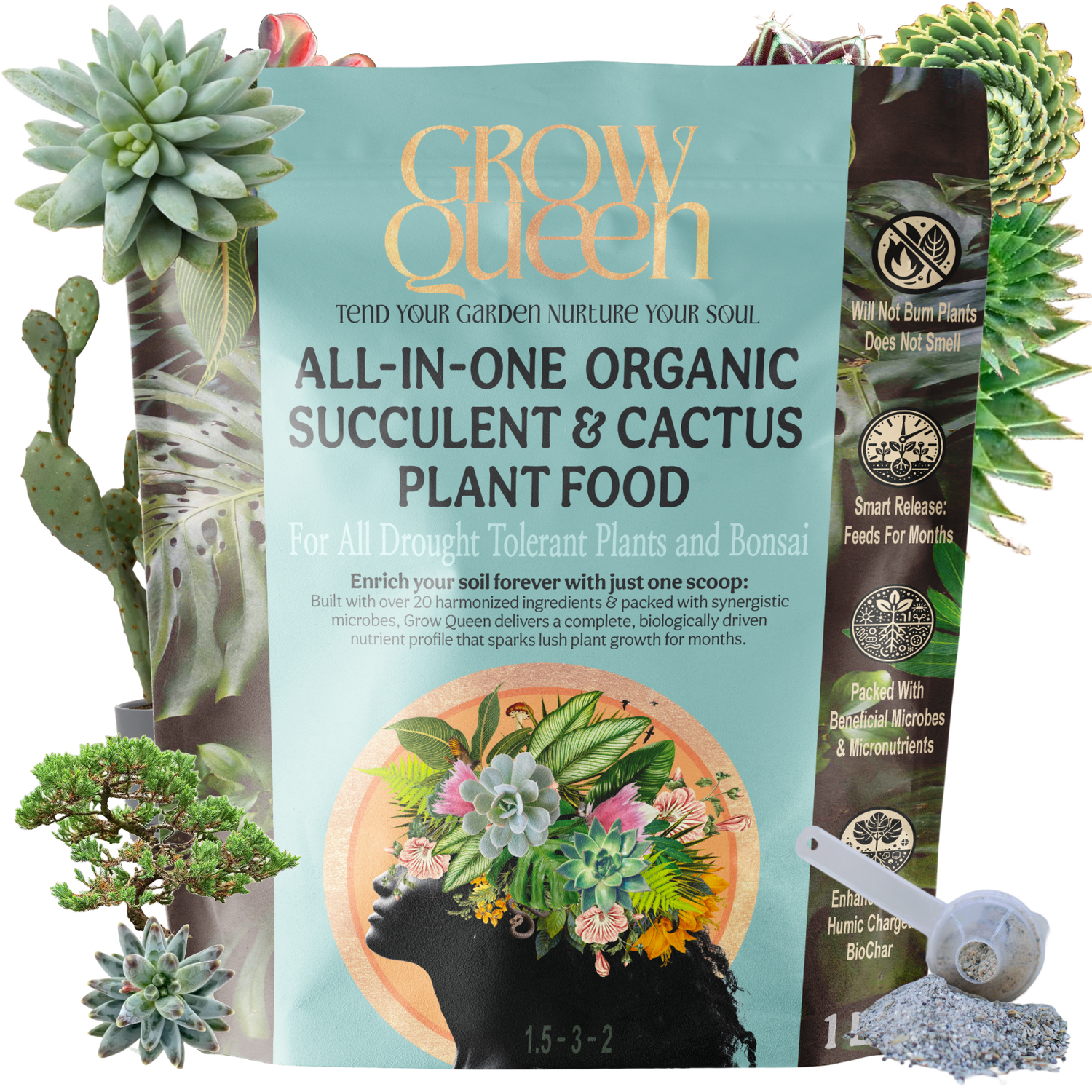
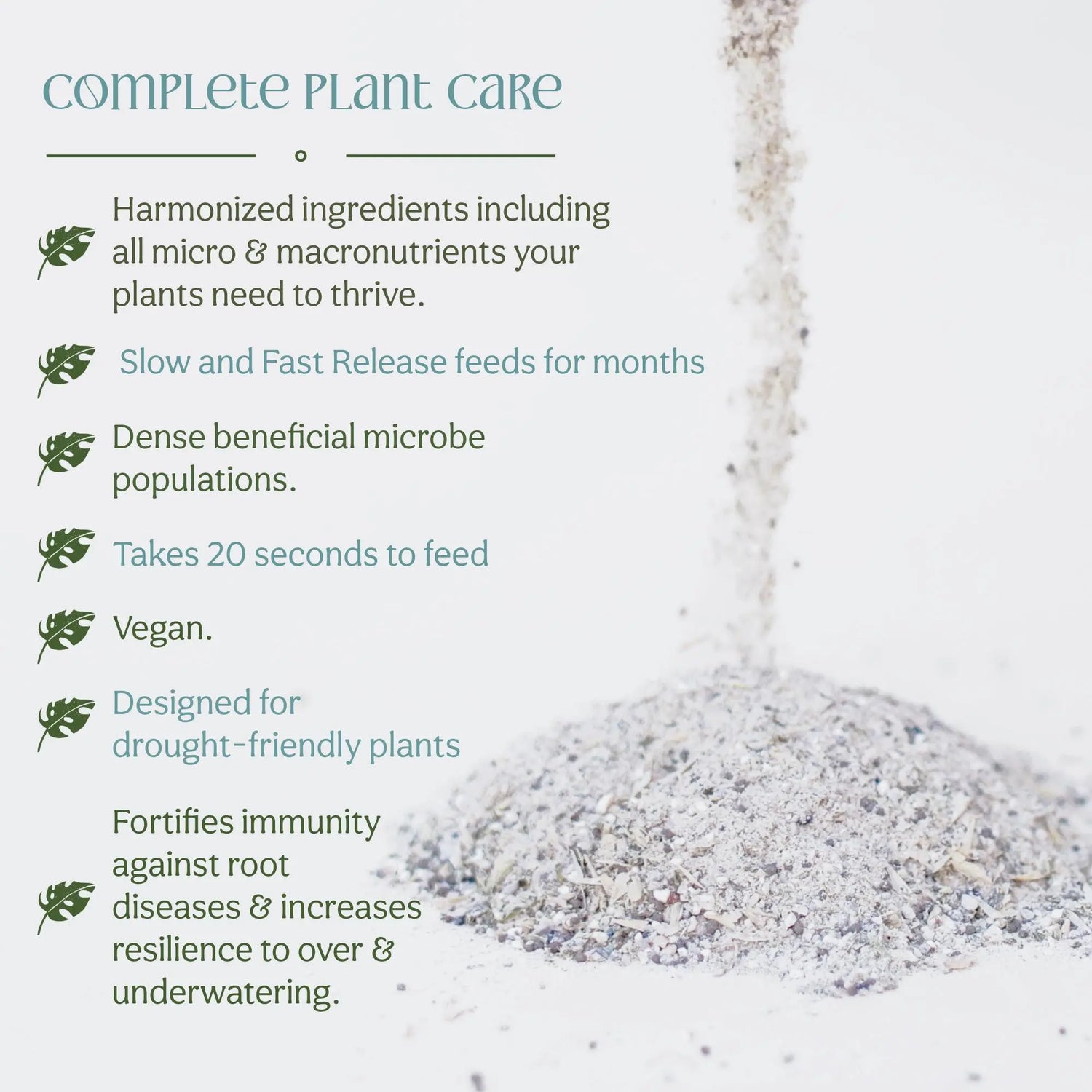
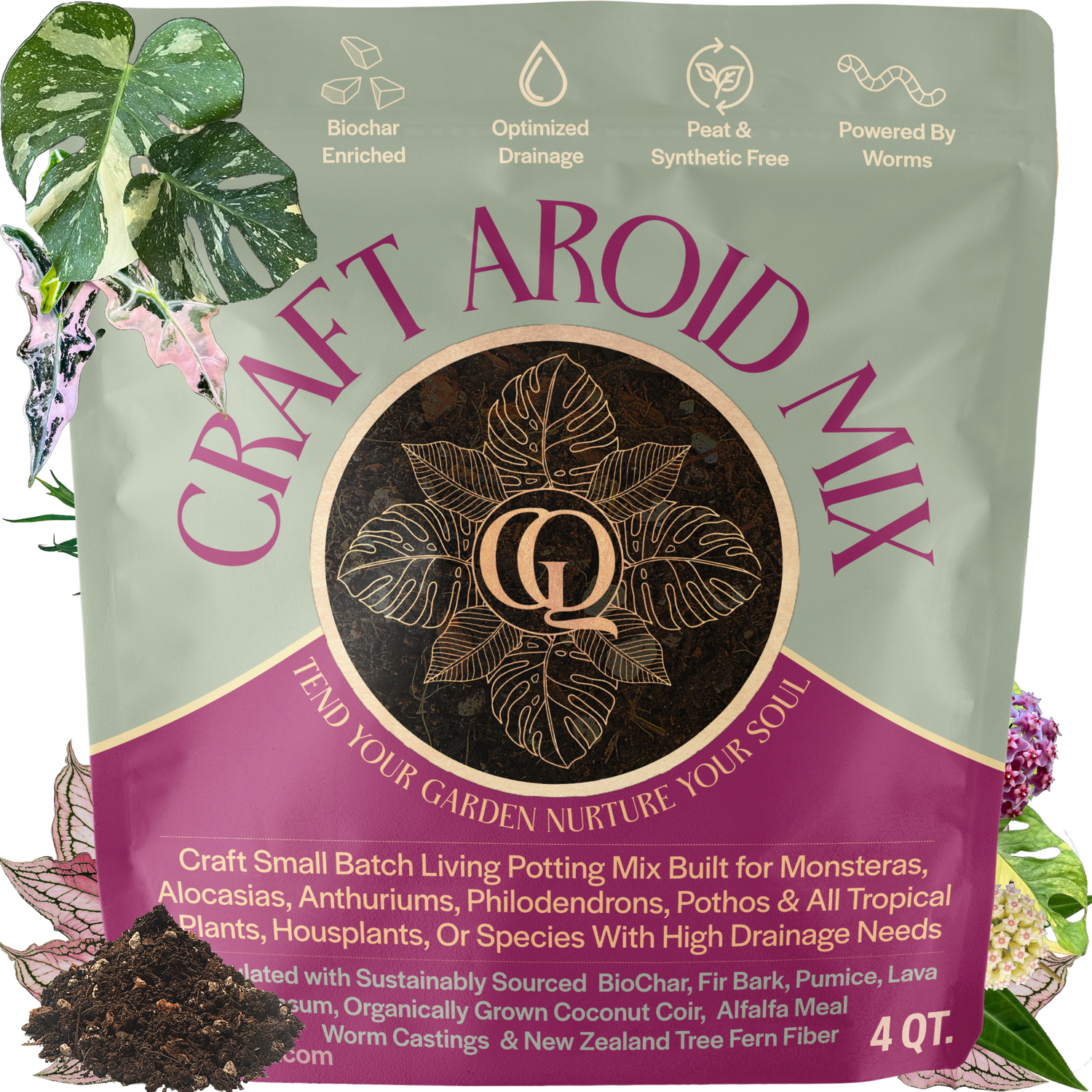
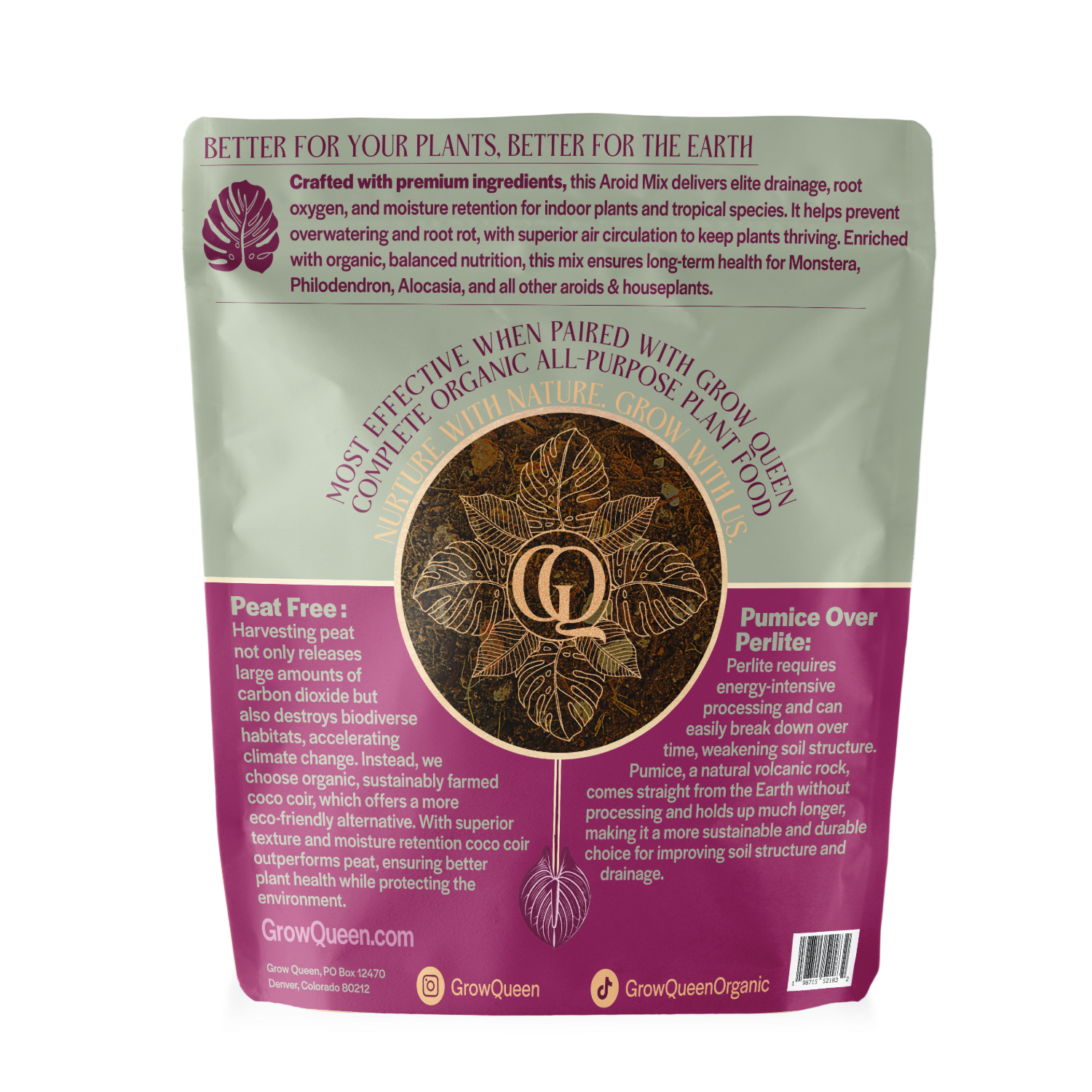
0 comments